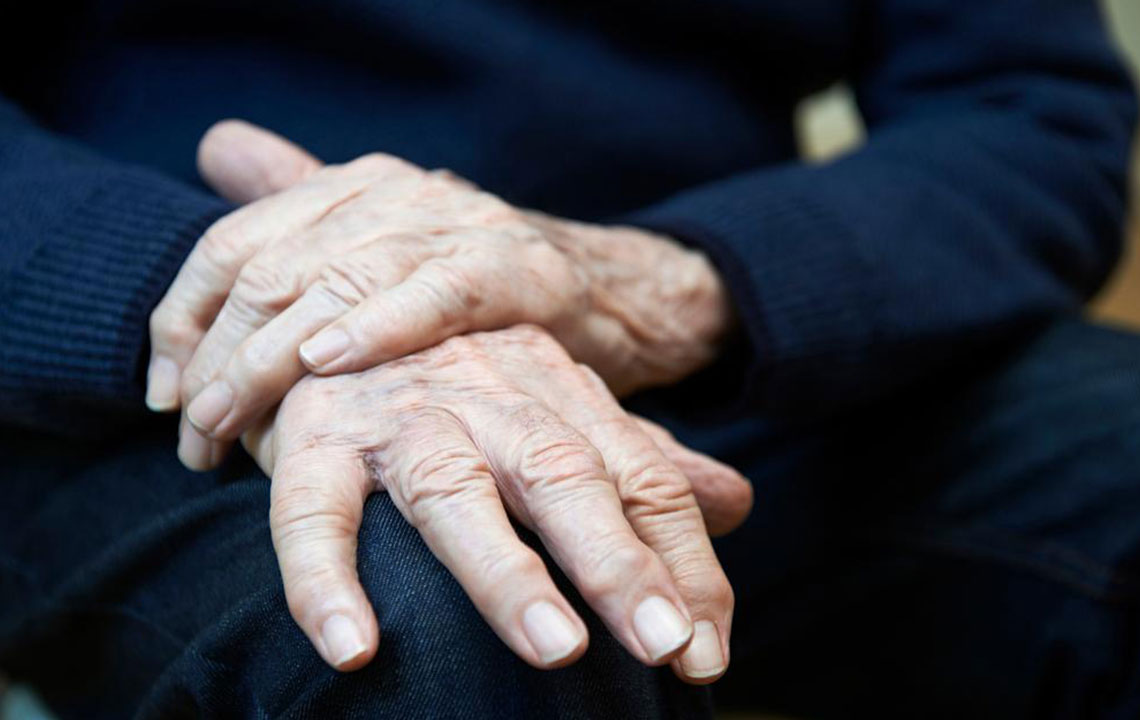Understanding All Stages of Parkinson’s Disease

Parkinson’s disease is commonly known as PD and is a progressive and a chronic movement disorder. All the symptoms continue and worsen over a period. In this disease, there is the death of the nerve cells which are vital, and all this happens in the brain. These nerve cells are the neurons. Parkinson affects the neurons Substantia Nigra area or part of the brain. The Dopamine levels in the brain, which help to send messages to the brain from the rest of the body gradually decrease, this, in turn, leaves the person feeling helpless as the movement is not controlled or is erratic.
The cause of Parkinson Disease is unknown, and generally, there is no real cure apart from some surgeries and medications that are used to reduce the effect of the disease. The causes are divided into Genetic Factors and Environmental Factors. There is always a risk to develop Parkinson if someone in your blood relations has the same issue, the predisposition increases. Environmental Factors could be some brain injuries, environmental toxins, manganese, water, an unhealthy lifestyle, pesticides; prolonged exposure to occupational chemicals is also a cause of developing this disease. The symptoms of Parkinson disease vary from person to person. A lot of symptoms are to do with the motor skills. A person who has Parkinson will experience slowness of movement which is called bradykinesia, tremors of jaws, hands, legs, arms, face, stiffness or rigidity of limbs and trunk; there is also a lot of impaired balance and coordination in the body movements which is commonly known as postural instability.
A lot of specialists say that in Parkinson Disease there is a considerable amount of loss of cells from the other parts of the brain as well which affects the senses as well, like the olfactory area and even sleep regulation is very erratic. The intestines present in our body also have dopamine, so during Parkinson, a person experiences intestinal issues like gastrointestinal problems.
The symptoms of Parkinson Disease are classified in three dimensions that are: Primary Motor symptoms, Secondary Motor Symptoms and Nonmotor Symptoms. Secondary Symptoms including the freezing of the body or parts of body, rigidity, shrinkage of handwriting, which is also known as micrographia. In Micrographia, face expressions also weaken, and the person might have a mask like face most of the time, the person suffering from Parkinson might also experience unwanted body accelerations like moving too quick or too slow. A lot of people who have Parkinson will even have stooped posture and difficulty in swallowing food. A lot of PD patients develop mood disorders, sleep disorders, constipation, bladder problems, sexual problems, vision and dental problems as well.
There are different stages of Parkinson Disease as it gradually grows and develops showing different symptoms. The progression depends from an individual to an individual. The symptoms continue and worsen over a period as it is a chronic disease.
Parkinson Disease has different stages; there are mainly three stages, the Mild, Moderate and Advanced stage and different rating scales are used to detect which stage a person is at.
- Mild Stage: This is the initial phase of the disease where all the symptoms present are at an initial stage or in a mild state. The movement of symptoms may be inconvenient but not affect the daily activities of an individual much, tremor might occur only on one side of the body; there might be small changed in a person’s posture, walking style, the way the person speaks or talks, changes in facial expressions are also seen. In this stage medications help to control the symptoms and regular exercise helps to improve the bodily movements and posture.
- Moderate Stage: In the second stage, i.e., the moderate stage the symptoms might be more towards the bilateral side, like effecting both limbs and both the sides of the body. In this stage the body starts to move slowly, the motor skills decrease, balance and coordination may be affected as well. A lot of people also experience Freezing episodes also the inability to complete basic daily tasks becomes a problem with each passing day. The effect of medications also wears off in between the doses, and there might be side effects occurring because of the medications. A person at this stage is given Physical Therapy to manage the bodily symptoms, and a lot of them go in for Occupational Therapy as well.
- Advanced Stage: This is the acute stage of Parkinson Disease. The symptoms in this stage become severe, and the patient goes through more and more issues in every part of the motor skill and bodily movements. A lot of other sensory areas get affected. At this stage, a person is unable to live alone or take care of himself at all.

